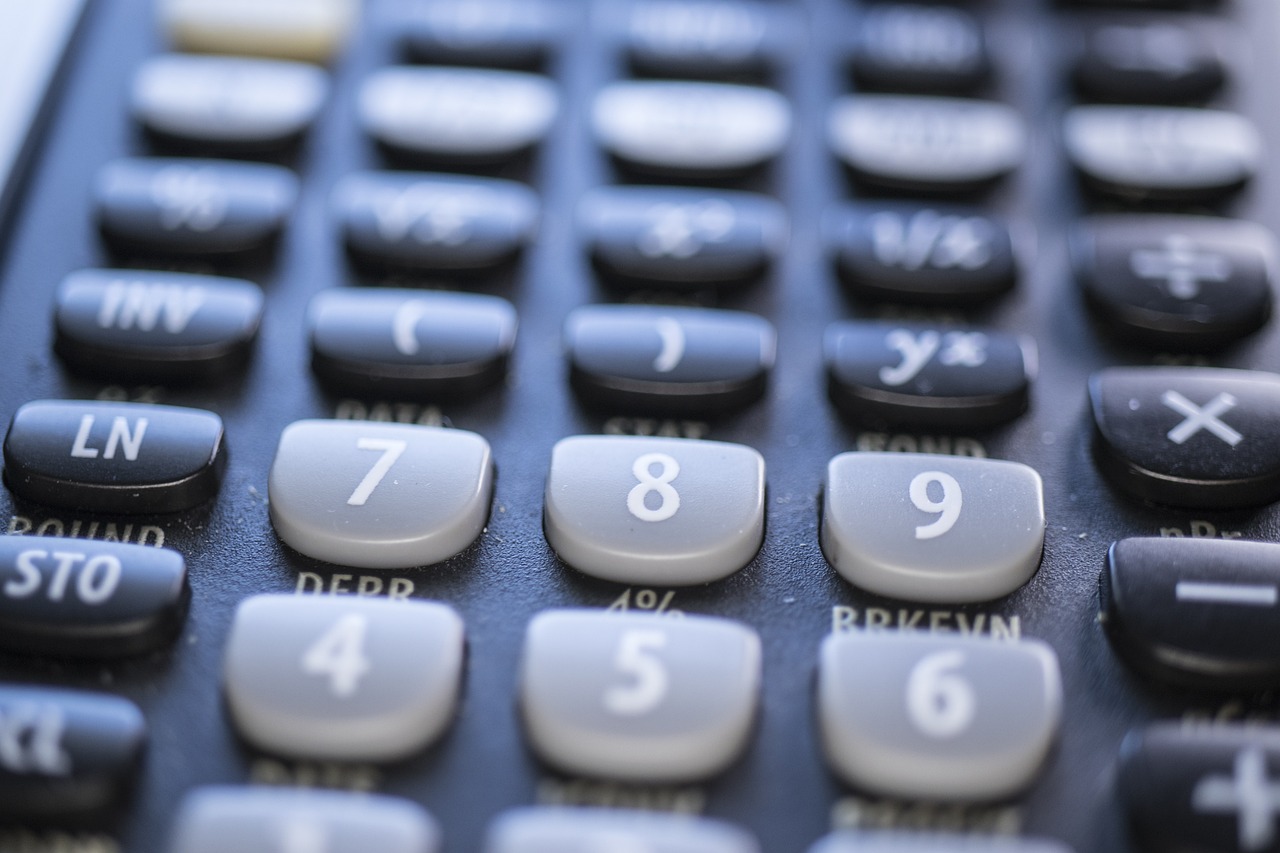With the regulation of the sports betting market in Brazil, the activity is quickly gaining new users, in a trend that is expected to continue in the coming years. Thus, more people are exposed to content about betting daily and may become confused about the different types of odds found in betting houses.
It is important to understand the main types, but first, it is necessary to know what odds mean. They represent the return that the player will have on a particular bet and are connected to the probability of an event occurring. The rarer the event, such as the victory of an underdog, the higher the odds and the payout received for guessing the outcome correctly. The more expected the outcome, the lower the reward will be.
European or Decimal Odds
Despite the name, European odds are also the most popular in Brazil, perhaps due to the ease of understanding what the return will be on a particular bet. They can also be called “decimal” odds, because of how they present the odds, using decimal numbers.
In this case, the odds include the value of the initial bet. That is, odds of 1.50 mean that the user will receive R$ 1.50 back for every R$ 1 bet, with R$ 0.50 profit. If the odds are 2.50, for example, a correct bet of R$ 10 would generate a receipt of R$ 25, with R$ 15 profit and R$ 10 returned from the originally bet amount.
American Odds
American odds are a bit less intuitive but also easy to understand with practice, being expressed using positive and negative numbers. Odds with a negative symbol are those most likely to occur, while those with a positive symbol have a higher return as the number increases.
The calculation to show the odds is based on a bet of R$ 100. For example, odds of -100 mean that you need to bet R$ 100 to make a profit of R$ 100 (corresponding to decimal odds of 2.0), while odds of -200 would require a bet of R$ 200 for a profit of R$ 100 (decimal odds of 1.5). Conversely, with odds of +200, a bet of R$ 100 would bring a profit of R$ 200 (corresponding to decimal odds of 3.0).
Fractional Odds
Mainly found in the United Kingdom, one of the countries with the largest sports betting market, fractional odds are defined as fractions, as the name suggests. After some practice, it is also simple to understand the logic of the system. The numerator (top number of the fraction) represents the potential profit, while the denominator (bottom number of the fraction) is the amount bet.
Thus, in a bet with odds of 2/1, the user receives, if successful, R$ 2 profit for every R$ 1 bet. This would represent decimal odds of 3.0 and +200 in American odds. In a more likely odd, such as 1/4, for example, you would need to bet R$ 4 to receive R$ 1 profit. That is, decimal odds of 1.25 and American odds of -400.
Do the Math
For more experienced bettors, it is easy to understand betting on any odds presented. For those who are starting, there are several online resources that allow easy conversion between models, and most betting sites allow their users to check different views. The most important thing is, before confirming any bet, to always be aware of the amount at risk and the potential profits.





